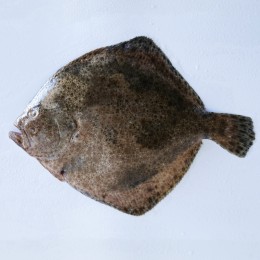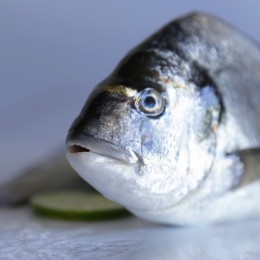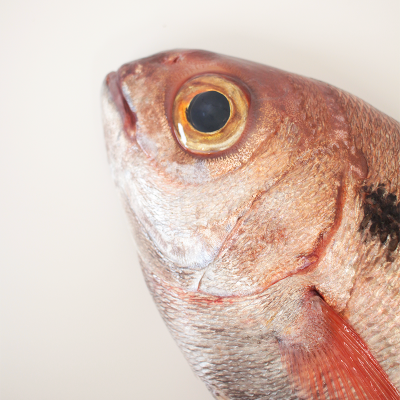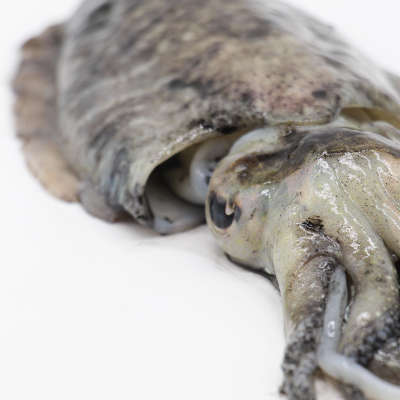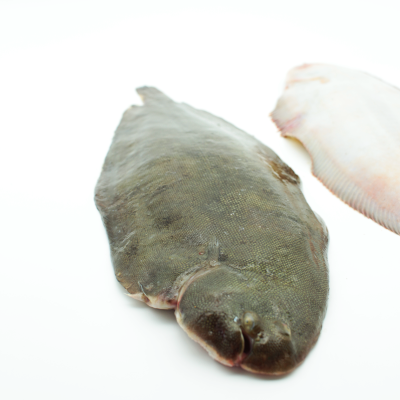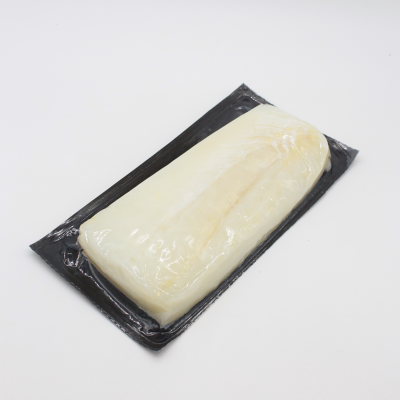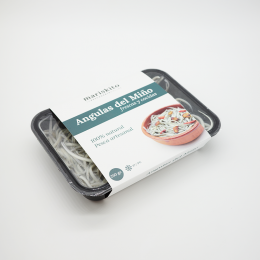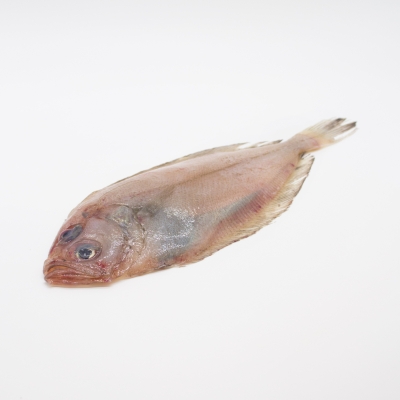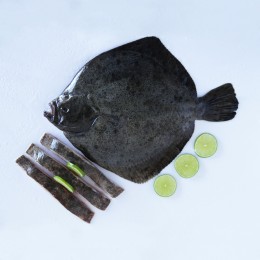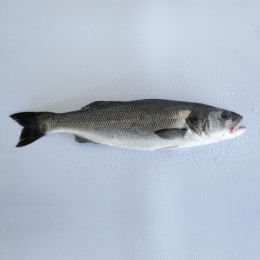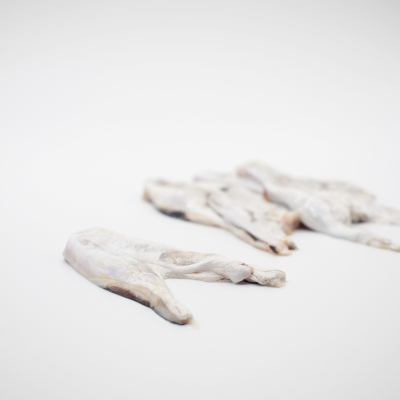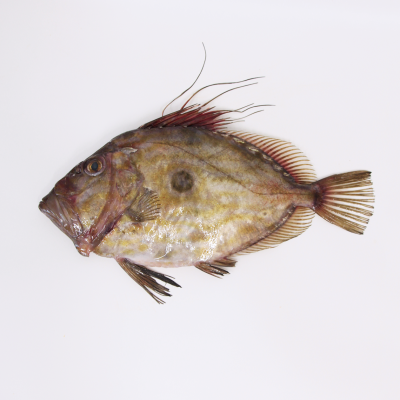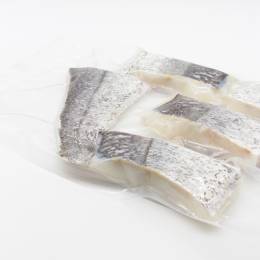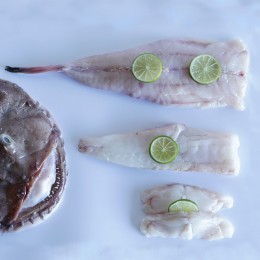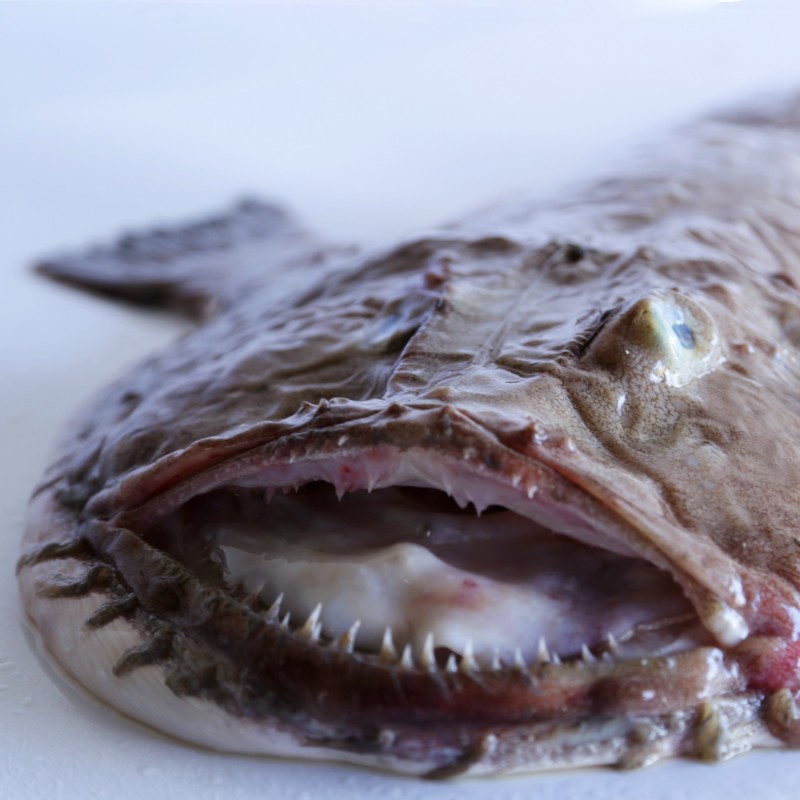

Black-bellied monkfish
32.00€ Kg
Tax included
The monkfish piece consists of two parts: the head and the tail.
Recommended for 5-7 people.
If you choose to buy the monkfish piece (and not just the tail); you should know that the monkfish tail accounts for approximately half of its weight. The other half corresponds to the head, which for convenience we usually send chopped.
Monkfish tail can be delivered in the following ways:
- Whole and clean.
- Sliced (approx. 8-10 pcs.)
- Two individual loins, which can also be cut into individual portions of 100 g each (approx. 15-18 servings).
You can also request it be vacuum packed.
All our fish can be frozen, being so fresh it’s great at maintaining all its properties. Take a look at our fish recipes!
Allergens








